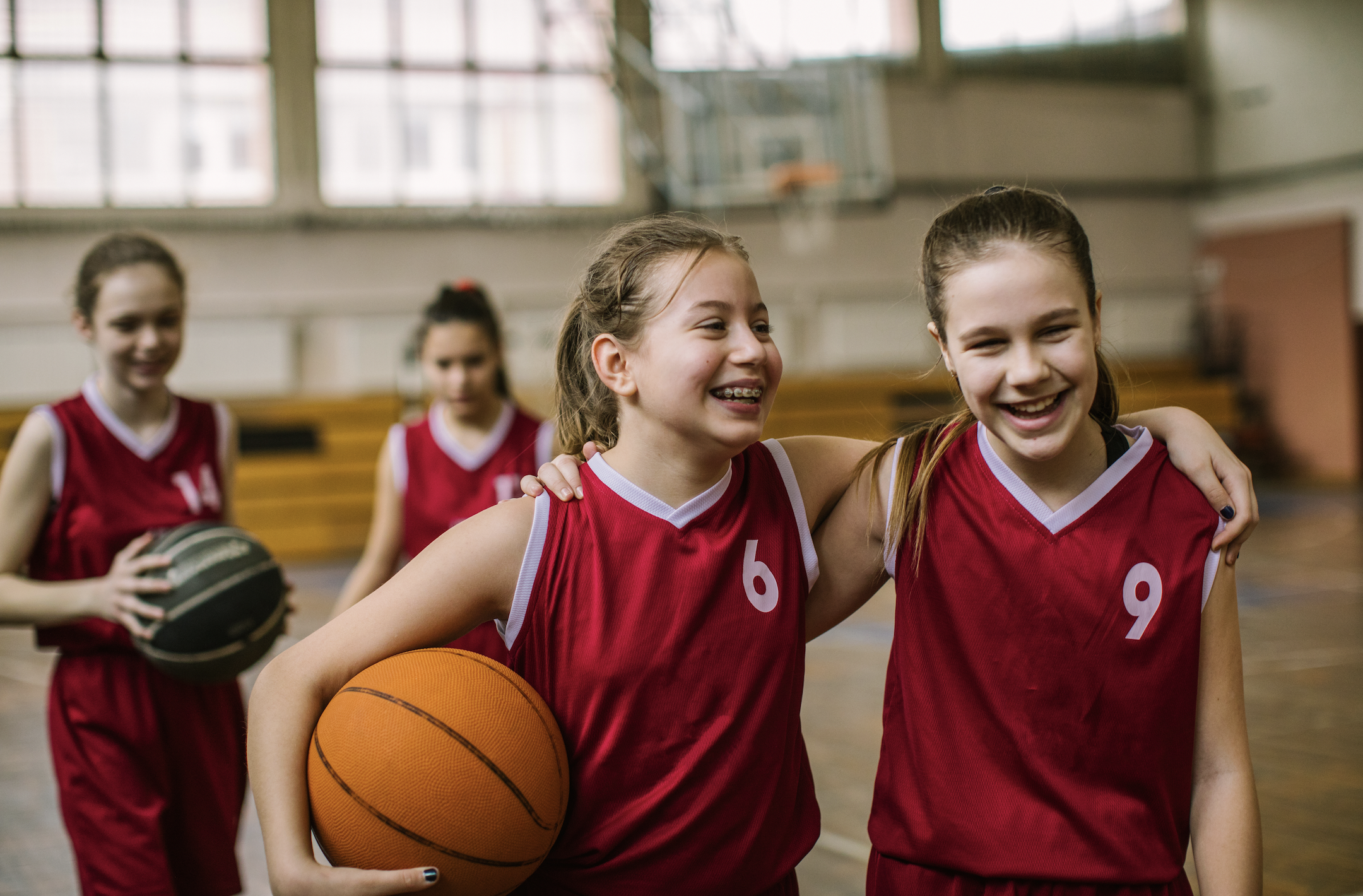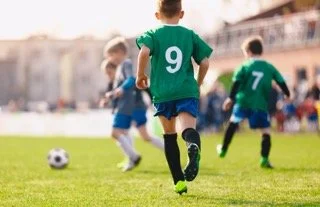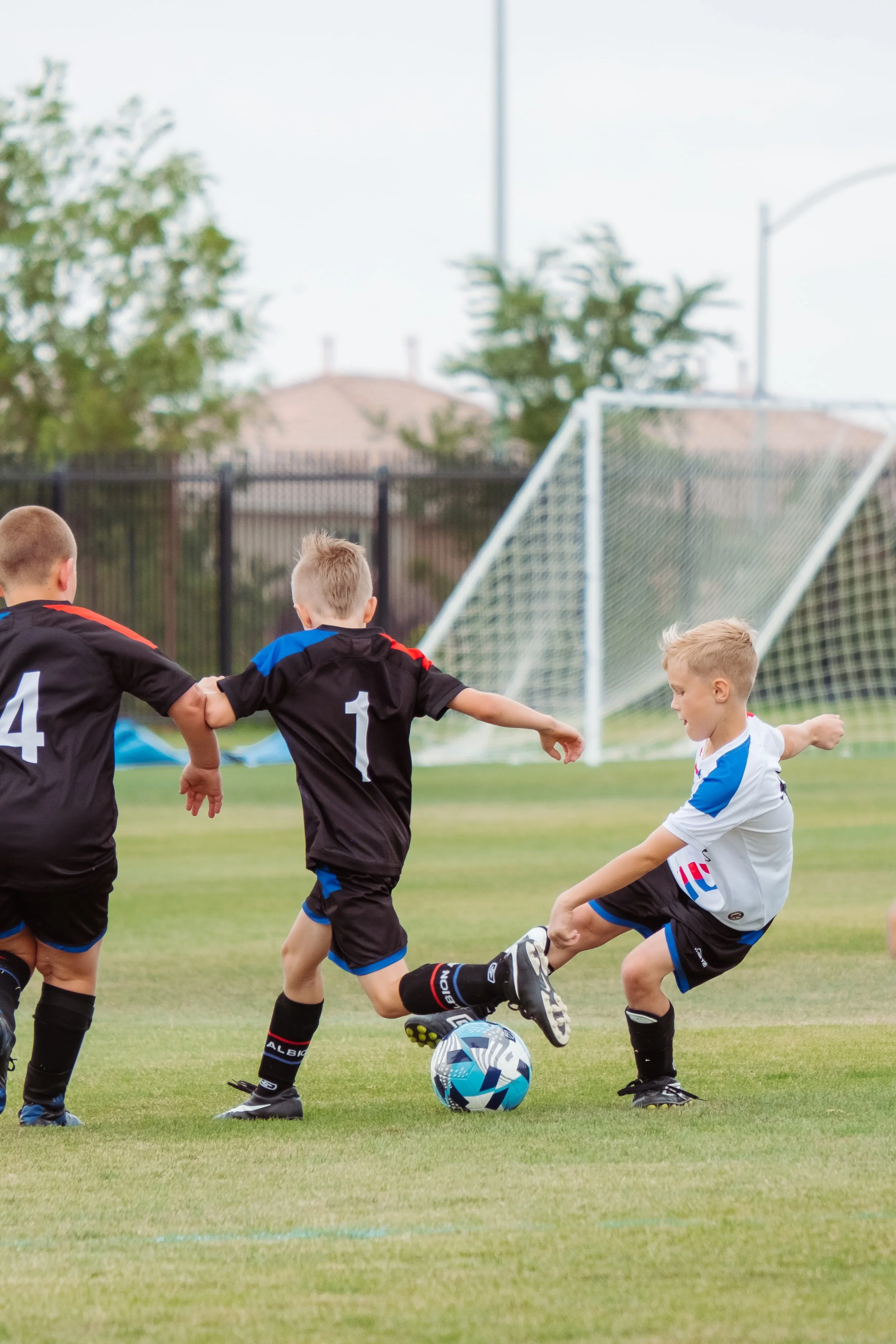Children’s Podiatry
Throughout your child’s life, changes within their development can cause their feet and lower limb to change the way they walk and run dramatically.
Pain within a child’s foot, ankle or knees is never normal. There is no such thing as “growing pains”. Any pain that lasts more than a few days, or that is severe enough to limit your child’s ability to walk or participate in sport should be thoroughly investigated by a Podiatrist.
Common problems we can help with :
-
Toe walking can be associated with numerous developmental conditions.
Therefore, it is necessary to establish that there are no underlying medical conditions contributing to the toe walking before a diagnosis of idiopathic toe walking can be made.
There is generally no pain associated with toe walking, however, without proper intervention there can be possible long-term consequences for a child if they continue to walk in this way.
-
If your feet are pointing inwards or outwards, it can alter the pressure being applied to developing bones and muscles within the foot that can further lead to imbalances within the body.
In most cases, a child’s walking patterns naturally continue to change throughout their development as they continue to grow.
Treatment for an in-toeing or ‘pigeon toed’ gait can depend on whether the main cause is from the level of foot, leg or hip and the potential affects it is the child’s co-ordination.
-
In most cases ‘flat feet’ in children are a part of normal development. Babies are born with flat feet, and as they develop into little people many developmental changes occur.
By roughly 7 years of age, children will have their adult foot and lower limb posture. As your child becomes more active, their muscles and ligaments also strengthen which provides more support to their feet.
This is a problem that can be managed before pain or discomfort limits your child’s ability to walk or participate within sport.
-
Children who develop Sever’s disease often experience pain within the bottom of the heels. As the condition progresses, children can develop a limp or further movement problems. This condition often develops due to the Achilles tendon constantly pulling on a growth plate located on the base of the heel.
It is most commonly seen in fast growing kids that lead highly active lifestyles, but can be treated easily and painlessly with stretching, appropriate footwear and orthotics.
-
Whether you are currently requiring ingrown toenail care or help with blistering - we are here for you.
If you are experiencing Ingrown toenails, corns and callous, warts or Athlete’s Foot (Tinea Pedis) - it is important to have these quickly assessed and appropriately treated in order to avoid potential or prolonged pain and discomfort.
-
As scary as the name may sound, it is not a disease, but an overuse condition. This condition is common in sporty children between the ages of 10-15 yrs.
Osgood Schlatters pain normally resolves on its own, however, this often varies between children sometimes lasting up to 6 months. Additionally, episodes of pain can return during phases of rapid growth.
This condition can be managed effectively with Podiatric intervention, decreasing the impact the condition has on your child’s sporting participation.
You should see your podiatrist
if your child:
Complains of ongoing pain
Favours one leg over another when walking
Suddenly changes the way they walk
Isn’t walking at all by two years of age
Has abnormally shaped toes
Has ingrown toenails (that persist or are painful)
Has bunions or other deformities
Not sure if you child fits into any category?
Please fill out the contact form for a free 5 minute chat.








